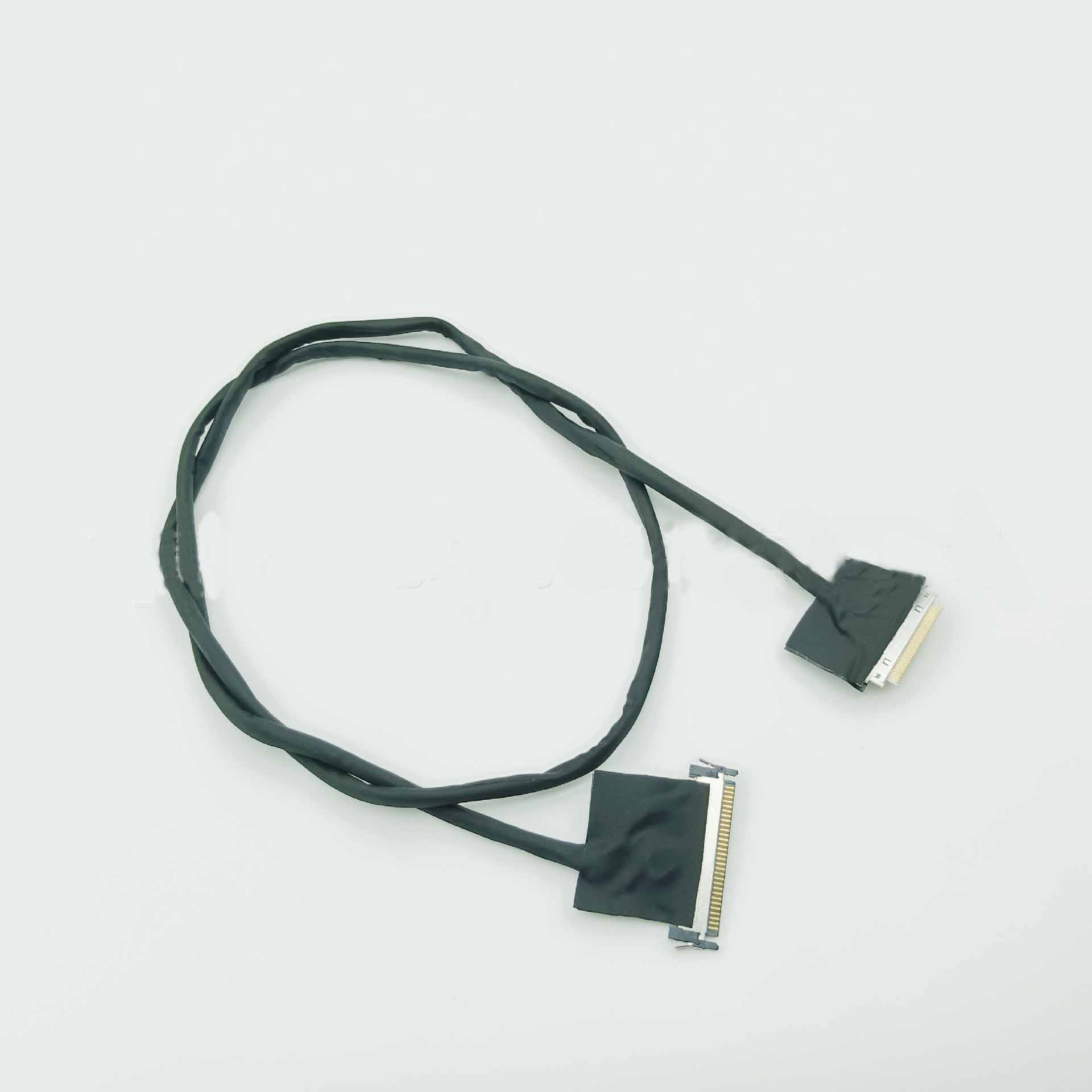What to do if there is no signal output from the EDP cable ?

Possible Causes
1. Connection Issues:
• The
EDP cable is not properly inserted into the display or graphics card interface.
• Dust or dirt on the interface causes poor contact.
• The display or graphics card interface is damaged.
2. Device Problems:
• The display or graphics card is faulty.
• The graphics card driver is not properly installed or is outdated.
• System settings issues, such as the signal source not being correctly selected as EDP.
3. Cable Problems:
• The EDP cable is damaged or aged.
• The cable is too long or bent excessively, causing signal attenuation.
• The cable quality does not meet the standard.
4. Compatibility Issues:
• The display is incompatible with the graphics card.
• The EDP cable version does not match the device interface version.
5. Other Factors:
• Insufficient power supply to the display or graphics card.
• System or software issues affecting signal output.
Solutions
1. Check the Connection:
• Ensure that the EDP cable is properly inserted into the EDP interfaces of both the display and the graphics card.
• Check the interfaces for dust or dirt, and gently wipe them clean if necessary.
• Try using a different interface or another EDP cable to rule out the possibility of a damaged interface.
2. Check the Devices:
• Ensure that the display and graphics card are functioning properly. You can try connecting the display using an HDMI or other signal cable to check if it is working.
• Update the graphics card driver to the latest version. This can be done through Device Manager or by downloading and installing it from the graphics card manufacturer's official website.
• In the display's OSD (On-Screen Display) menu, ensure that the signal source is set to EDP.
3. Check the Cable:
• Inspect the EDP cable for physical damage, such as breaks or excessive bending.
• Try replacing the cable with a new one to rule out cable issues.
• If the cable is too long, consider using a signal amplifier or replacing it with a shorter cable.
4. Address Compatibility Issues:
• Check the specifications of the display and graphics card to ensure they support the EDP interface.
• If the EDP cable version does not match the device interface version, consider replacing it with a compatible cable.
5. Other Troubleshooting Methods:
• Ensure that the display and graphics card have sufficient power supply. You can try using a different power outlet or another power device.
• Check the system and software settings to ensure that there are no options limiting EDP signal output.
• Try restarting the computer and display to reset the system and restore signal output.
Precautions
• When dealing with EDP cable connection issues, always turn off the power to the display and computer to avoid electric shock or damage to the equipment.
• When replacing the EDP cable or other hardware components, ensure that you choose accessories that meet the device's specification requirements.
• If the problem persists, it is recommended to contact the device manufacturer or a professional technical support team for further troubleshooting and repair.
In summary, no signal output from the EDP cable can be caused by various factors. By gradually troubleshooting connection, device, cable, compatibility, and other possible issues, users can identify the root cause of the problem and take appropriate measures to resolve it. If the issue is more complex or difficult to resolve, it is recommended to seek professional technical support.
 Possible Causes
Possible Causes